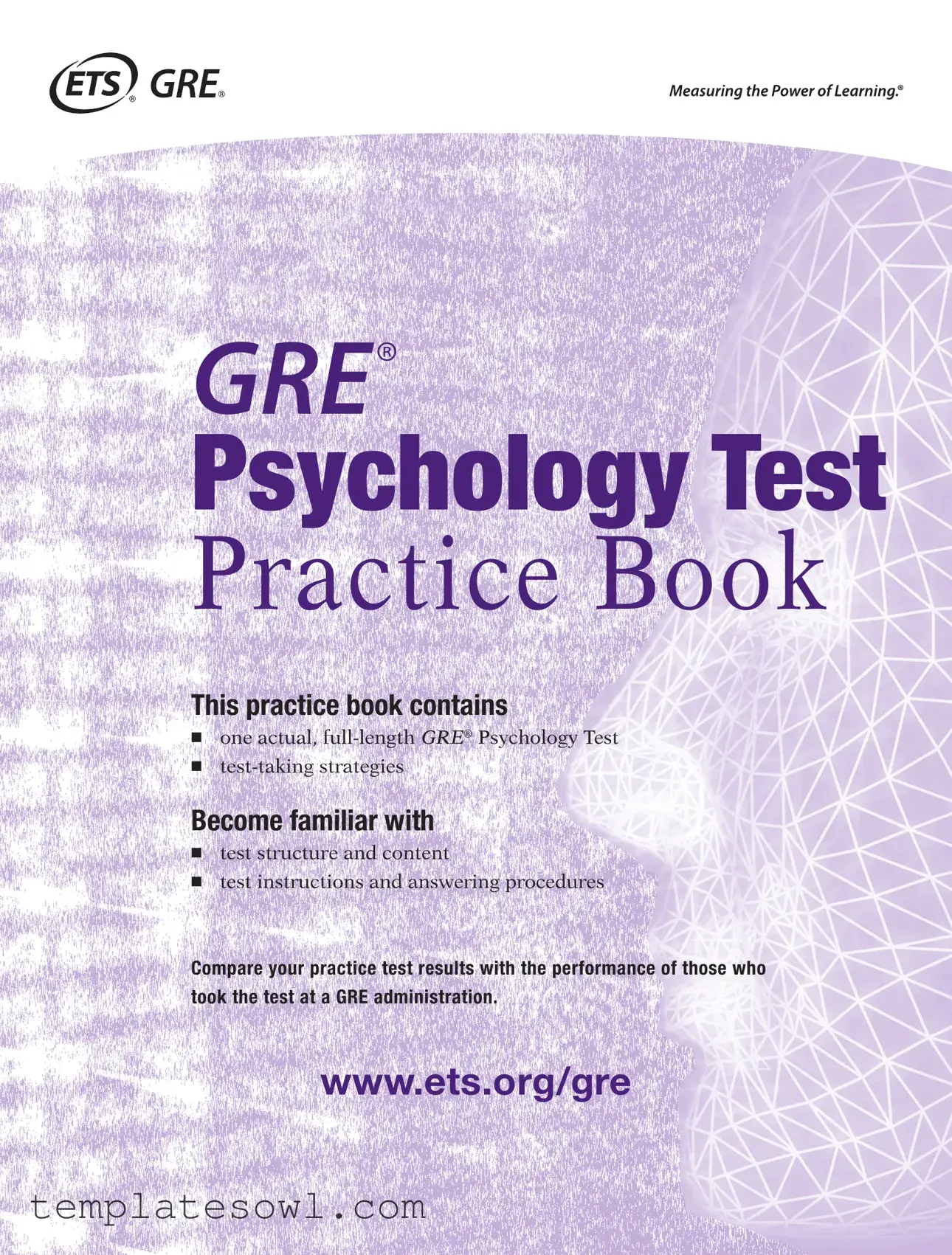C.Memory (7-9%)
1.Working Memory
2.Long-term Memory
3.Types of Memory
4.Memory Systems and Processes
5.Theories, Applications and Issues
D.Thinking (4-6%)
1.Representation (Categorization, Imagery, Schemas, Scripts)
2.Problem Solving
3.Judgment and Decision-Making Processes
4.Planning, Metacognition
5.Intelligence
6.Theories, Applications and Issues
III. Social (12-14%)
A.Social Perception, Cognition, Attribution, Beliefs
B.Attitudes, and Behavior
C.Social Comparison, Self
D.Emotion, Affect, and Motivation
E.Conformity, Influence, and Persuasion
F.Interpersonal Attraction and Close Relationships
G.Group and Intergroup Processes
H.Cultural or Gender Influences
I.Evolutionary Psychology, Altruism and Aggression
J.Theories, Applications and Issues
IV. Developmental (12-14%)
A.Nature-Nurture
B.Physical and Motor
C.Perception and Cognition
D.Language
E.Learning, Intelligence
F.Social, Personality
G.Emotion
H.Socialization, Family and Cultural
I.Theories, Applications and Issues
V.Clinical (15-19%)
A.Personality (3-5%)
1.Theories
2.Structure
3.Assessment
4.Personality and Behavior
5.Applications and Issues
B.Clinical and Abnormal (12-14%)
1.Stress, Conflict, Coping
2.Diagnostic Systems
3.Assessment
4.Causes and Development of Disorders
5.Neurophysiological Factors
6.Treatment of Disorders
7.Epidemiology
8.Prevention
9.Health Psychology
10.Cultural or Gender Issues
11.Theories, Applications and Issues
VI. Measurement, Methodology
and Other (15-19%)
A.General (4-6%)
1.History
2.Industrial-Organizational
3.Educational
B.Measurement and Methodology (11-13%)
1.Psychometrics, Test Construction, Reliability, Validity
2.Research Designs
3.Statistical Procedures
4. Scientific Method and the Evaluation of Evidence
5.Ethics and Legal Issues
6.Analysis and Interpretation of Findings
Preparing for the Test
GRE Subject Test questions are designed to measure skills and knowledge gained over a long period of time. Although you might increase your scores to some extent through preparation a few weeks or







